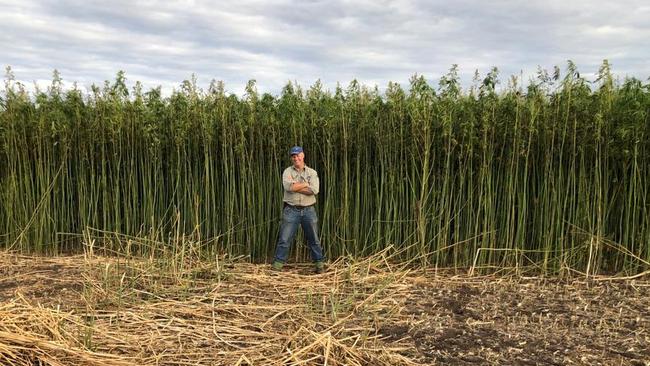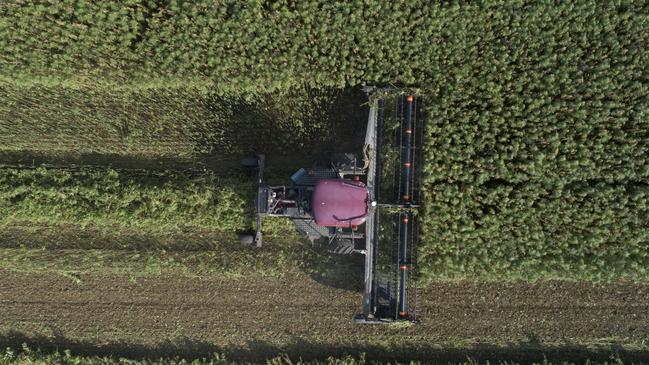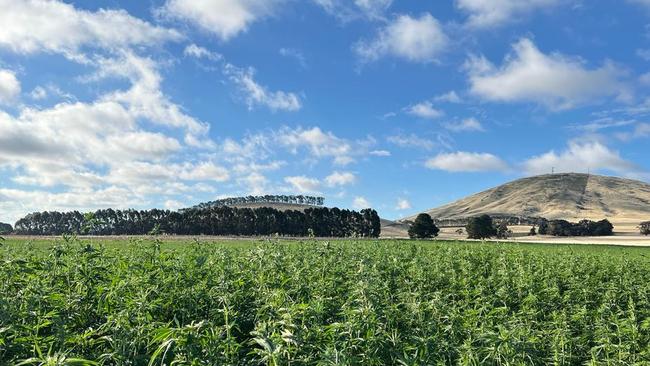Growing hemp industry gets research boost
The number of farmers planting hemp in Victoria has quadrupled over four years, as farmers look for a slice of a growing global market.
Australia risks being left behind in a multi-billion dollar global hemp market, but newly funded research aims to help the industry catch up.
Federation University ecologist and Associate Professor Singarayer Florentine said a new trial underway on farms in Ballarat and the NSW Riverina was working to better understand the ideal growing conditions for industrial hemp in Australia.

The number of farmers who applied for permits to grow hemp in Victoria grew to about 200 this year, compared to about 50 five years ago, Prof Florentine said.
But until now, farmers had largely been using “trial and error” to work out which varieties performed best under different conditions.
Farmers needed to know which varieties were suited to their region, and their water and nutrient requirements for production to take off, he said.
“There is a big gap when it comes to crop management and agronomic practices for hemp in Australia,” Prof Florentine said.

Production in Australia was expected to exceed $10 million per year by 2026, up from $6 million in 2019-20, according to AgriFutures.
AgriFutures was also conducting hemp variety trials in Hamilton, Victoria as well as Western Australia, South Australia and Tasmania, and would enter its second season of trials in October.
One of the farmers who has been trialling hemp on his property is Smeaton grower John Middleton.
Mr Middleton, who grows cereal crops in winter, has been trialling summer hemp crops for about three years.
“We’re really excited about hemp,” he said.
“It’s an amazing plant. You can use all parts of the plant, and from an environmental sustainability point of view it is very exciting. It gives back to the soil by converting carbon out of the atmosphere,” he said.
The crop, which is grown under irrigation, uses one megalitre of water per month over a four month growing season, he said.
So far, results have been promising.
“We’re trying to work out what varieties grow best, because often we’re importing those varieties from overseas,” he said.
Mr Middleton was trialling about half a dozen varieties of the plant on his property this year, some of which were being grown in Australia for the first time.
He was keen to pass on what he was learning to other farmers in the region to grow the fledgling industry.
In Australia there was demand for a range of hemp products, he said.
The construction industry was hungry for the woody stalk of the plant for use in building walls in situ, pre-fab panels and hempcrete, and markets were developing for plant fibre and seeds, he said.






